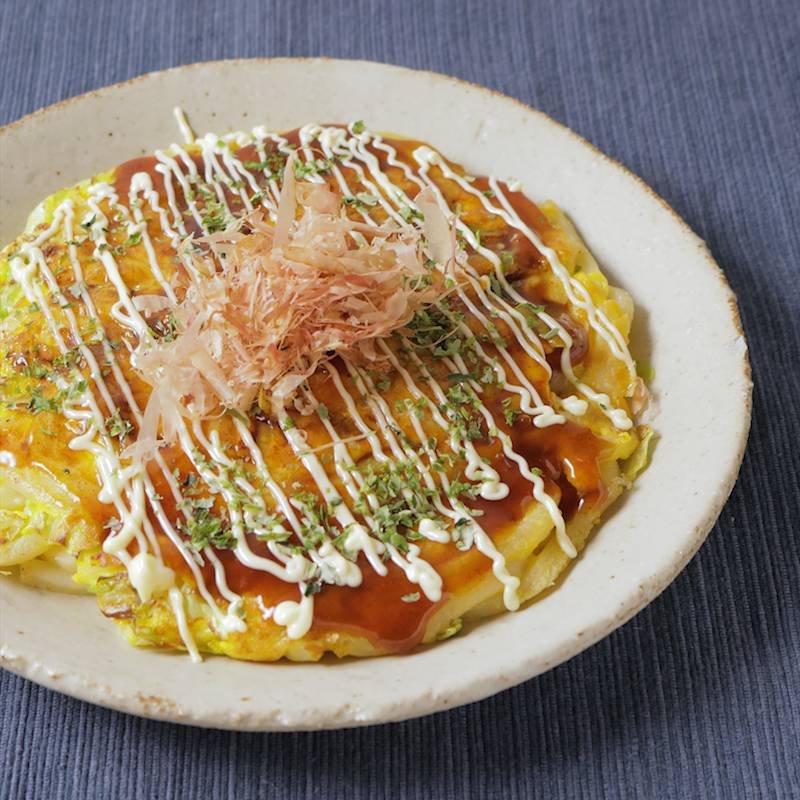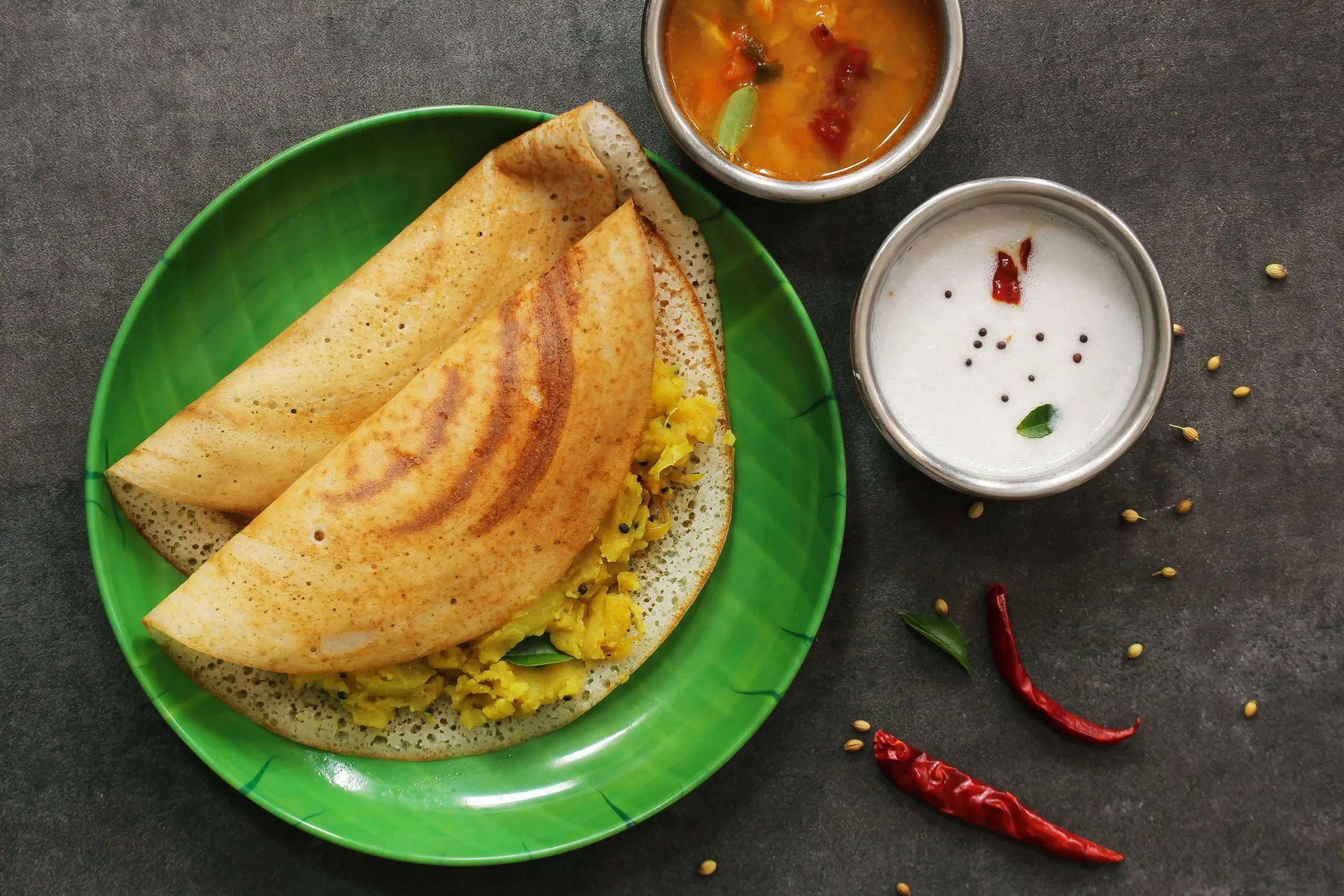Okonomiyaki: Japan’s Savory Pancake with a Story Worth Tasting
From Ancient Delicacy to Modern Comfort Food: The Evolution of Okonomiyaki
The journey of Okonomiyaki is a tale of culinary adaptation, starting from its early beginnings in the Edo period (1603-1868) when flour-based crepes known as funoyaki were popularized. With time, this humble dish transformed into the iconic savory pancake we know today, thanks to centuries of regional innovation and the need to make the most of limited resources during tough times, particularly in the post-war era. The name itself, meaning “grill what you like,” reflects its core concept of customization and resourcefulness, making it an enduring symbol of Japan’s ability to adapt and thrive.
Osaka vs. Hiroshima: A Delicious Rivalry That Defines Okonomiyaki Culture
The regional rivalry between Osaka and Hiroshima showcases the diversity of Japanese cuisine through distinct styles of Okonomiyaki. Osaka-style involves mixing ingredients directly into the batter, creating a thick, pancake-like dish that bursts with flavor. In contrast, Hiroshima-style Okonomiyaki is constructed layer by layer, starting with a base of batter followed by heaps of cabbage, meat, and often noodles. This layered approach makes it a heartier meal, offering a unique culinary experience that has become a source of local pride. The rivalry not only highlights regional tastes but also represents Japan’s appreciation for culinary diversity.
From War-Time Staple to Cultural Icon: How Okonomiyaki Became a Symbol of Hope
During World War II’s aftermath, Okonomiyaki emerged as a dish of resilience, serving as a nutritious and affordable meal when food shortages were common. Made from simple, readily available ingredients, it became a culinary beacon of hope, lifting spirits during a challenging time in Japan’s history. Its popularity surged, transforming it from a wartime necessity into a beloved comfort food. The story of Okonomiyaki’s rise from adversity adds layers of cultural significance, making each bite a taste of history and perseverance.
Beyond the Griddle: How Okonomiyaki Connects Families and Friends
Today, Okonomiyaki is not just a meal; it’s a social experience. In many Osaka eateries, diners can cook their own Okonomiyaki on griddles embedded in the tables, sharing in the preparation and enjoyment of this beloved dish. This communal cooking style emphasizes the interactive nature of Japanese dining, where the process of creating the dish is as enjoyable as eating it. Okonomiyaki festivals and street vendors across Japan further celebrate this culinary treasure, drawing people together to savor its flavors and traditions.
Okonomiyaki Around the World: Japan’s Savory Pancake Goes Global
Okonomiyaki’s flexible recipe and universal appeal have helped it gain a following far beyond Japan. As more chefs and home cooks experiment with the dish, incorporating local ingredients like seafood, cheese, and even non-traditional sauces, Okonomiyaki continues to evolve while retaining its authentic essence. The dish serves not only as an introduction to Japanese cuisine but also as a symbol of cultural exchange and fusion, showing how a traditional food can cross borders and inspire creativity worldwide.
Each serving of Okonomiyaki is more than just a savory pancake; it is a culinary legacy that tells a story of resilience, diversity, and shared joy. Whether enjoyed in the bustling streets of Osaka or in a home kitchen abroad, it remains a taste of Japan’s enduring spirit.
Discover Traditional Japanese Recipes Discover Traditional Recipes from Asia You may like this also: Spanish Omelette | Tortilla de Patatas
Japanese Okonomiyaki
Ingredients
Instructions
Prepare the Batter:
-
In a large bowl, whisk together the flour and dashi until smooth.
-
Add the eggs and mix until well combined.
-
Fold in the chopped cabbage, green onions, and tenkasu.
Cook the Okonomiyaki:
-
Heat the vegetable oil in a large skillet over medium heat.
-
Pour half of the batter into the skillet, spreading it into a circle about 1/2 inch thick.
-
Arrange 4 slices of pork belly on top of the batter.
-
Cook for about 4-5 minutes, until the bottom is golden brown.
-
Carefully flip the okonomiyaki and cook for another 4-5 minutes, until the pork is cooked through and the pancake is golden brown on both sides.
Serve:
-
Transfer the cooked okonomiyaki to a plate.
-
Drizzle with okonomiyaki sauce and Kewpie mayonnaise.
-
Sprinkle with aonori and katsuobushi.
-
Add finely chopped green onions and beni shoga if desired.
-
Repeat with the remaining batter and pork belly slices.
-
Your homemade Okonomiyaki is ready. Itadakimasu!













